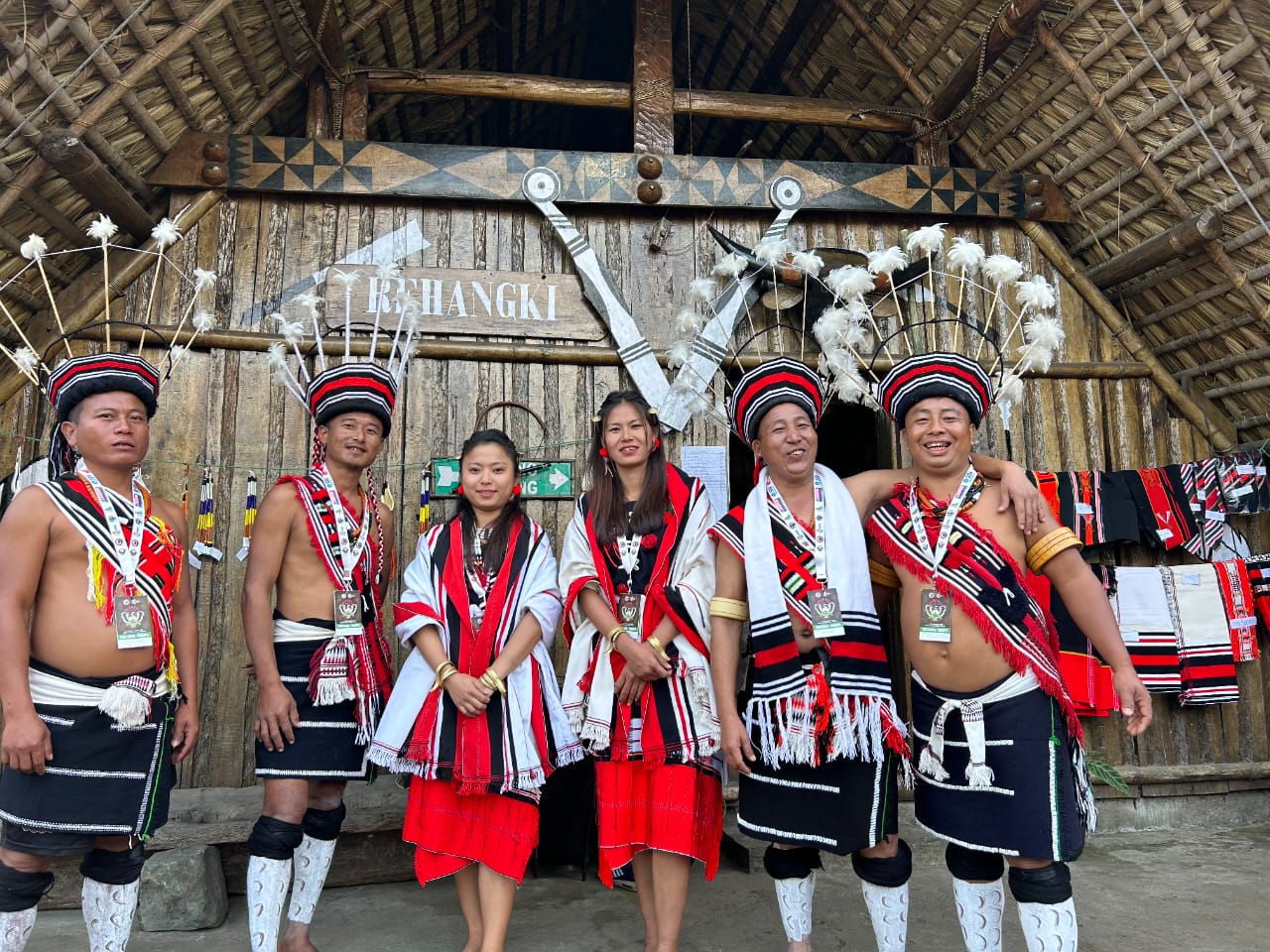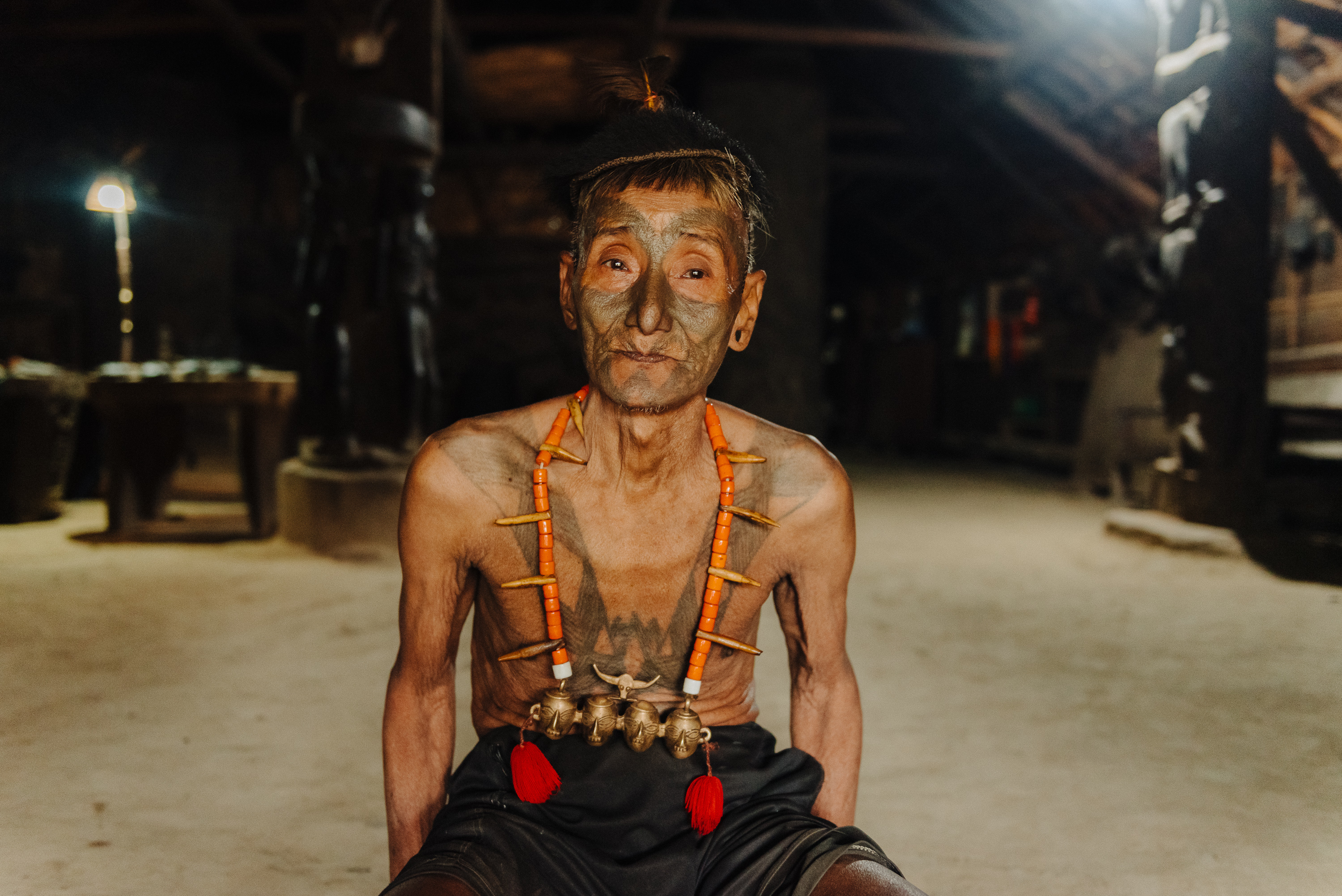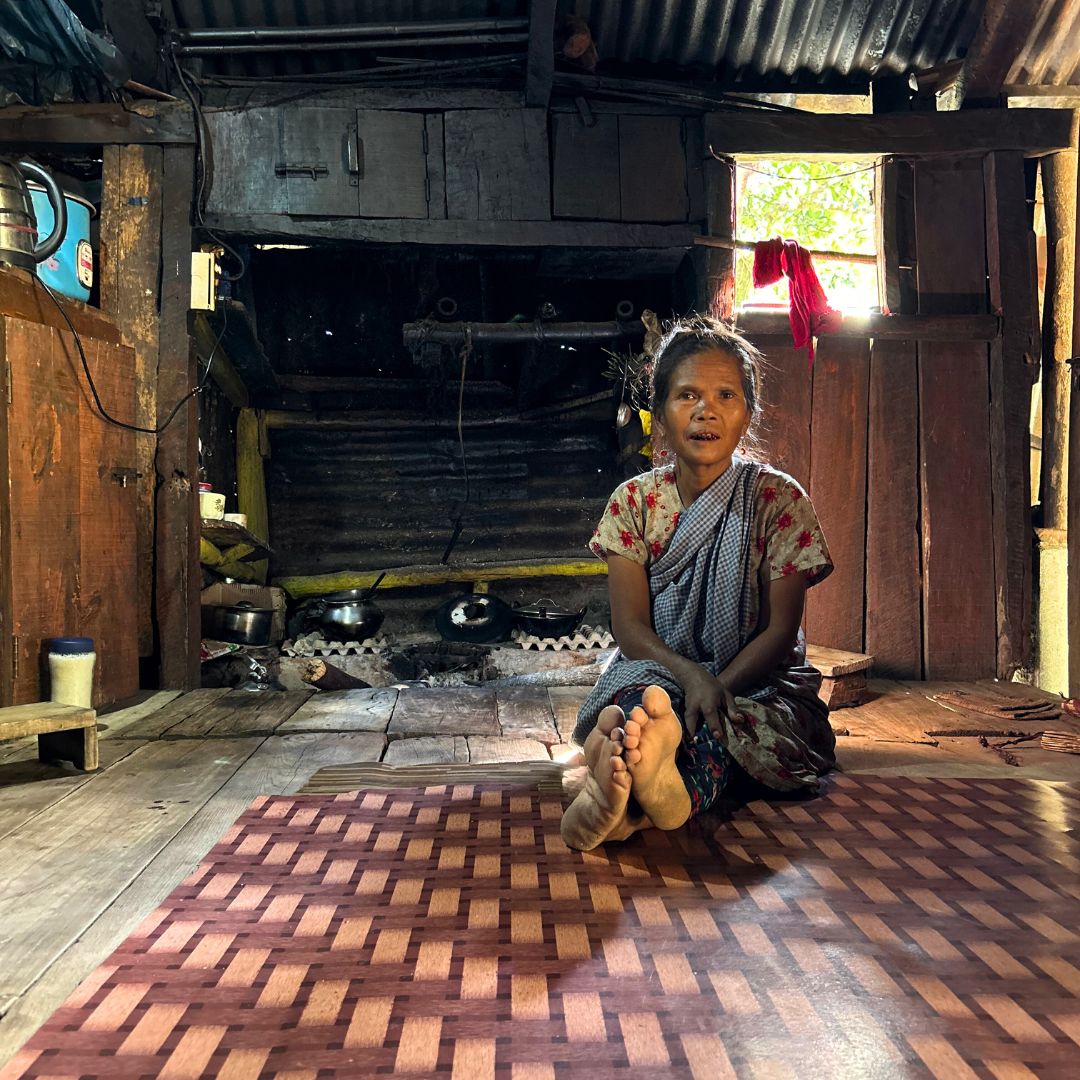When it comes to festivals that showcase the rich cultural diversity and heritage of India, few can match the grandeur of the Hornbill Festival in Nagaland. Known as the “Festival of Festivals,” this event brings together all of Nagaland’s 16 tribes in a week-long celebration of their history, traditions, and cultural practices. For travellers and culture enthusiasts alike, the Hornbill Festival provides an immersive experience into the life and soul of Nagaland.

Held annually from December 1 to 10 in the Kisama Heritage Village, just outside the capital city Kohima, this vibrant festival is a must-visit for those looking to explore Nagaland beyond its scenic beauty. But what makes this event stand out, and why is it such a significant part of Nagaland’s cultural fabric? Let’s take a deeper look into the heart of the Hornbill Festival.
Origins and Significance of Hornbill Festival
Started in the year 2000 by the Government of Nagaland, the Hornbill Festival was created as a way to preserve and promote the rich culture and heritage of the Naga tribes. Nagaland, being home to multiple tribes—such as the Konyak tribe, known for their headhunting past (learn more in our blog: ‘The Last of the Headhunters, Longwa, Nagaland’)— needed a platform to showcase this diversity in a way that would attract visitors from within the country and abroad.

The festival is named after the great Indian hornbill, a bird that holds symbolic significance for many Naga tribes. The hornbill represents respect, grandeur, and bravery, qualities that are deeply admired in Naga culture. Many of the tribes incorporate the hornbill’s imagery in their dances and traditional attire, making it a fitting symbol for a festival that celebrates tribal identity.
Over the years, the Hornbill Festival has grown exponentially in scale and popularity. What started as a regional effort to promote culture has now become an internationally recognized event, drawing tourists, photographers, and cultural enthusiasts from all over the world.
Tribal Performances & Culture
One of the most captivating aspects of the Hornbill Festival is the sheer variety of tribal performances on display. Each of the 16 Naga tribes showcases its own unique dance forms, music, and rituals, offering visitors an unparalleled insight into their traditional lifestyles.
For example, the Zeliang tribe’s bamboo dance is a display of agility and rhythm, where performers step and hop between bamboo poles, showcasing their coordination. On the other hand, the Ao tribe’s war dance, performed by men in traditional warrior attire, reenacts scenes of ancient battles and tribal warfare, a proud reminder of their ancestral heritage.

Each performance tells a story—whether it’s a legend passed down through generations, a tale of bravery, or a celebration of the harvest season. During the festival, the entire stage becomes a lively expression of Naga traditions, which are deeply rooted in their history and beliefs.
The Role of Traditional Attire
One cannot talk about the Hornbill Festival without mentioning the stunning and distinctive traditional attire worn by each tribe. The vibrancy of the colors, beads, feathers, and animal pelts that make up these traditional outfits is awe-inspiring.
Every piece of clothing, every accessory, has a story. Hornbill feathers, which often adorn the headgear of Naga warriors, symbolize bravery and victory in battle. The Angami tribe, known for their warrior lineage, often dons headgear made from hornbill feathers to showcase their past victories and status.

Beyond the feathers, many of the tribes also incorporate boar tusks, shells, and even tiger teeth into their costumes. These elements are not just ornamental, they signify the tribe’s relationship with nature and the wildlife around them. The level of craftsmanship that goes into making these traditional garments is remarkable, and witnessing it firsthand at the Hornbill Festival is an unforgettable experience.
Indigenous Games at Hornbill Festival
The Hornbill Festival is definitely more than music and dance; it also showcases the physical prowess of the Naga people through indigenous games. These games, passed down through generations, are a reflection of the Naga way of life.
Naga wrestling is one of the highlights of the festival, where participants showcase their strength and skill in grappling. This traditional form of wrestling is a test of endurance, and it’s a crowd favorite during the festival.
Another popular event is stone pulling, where large stones are tied to ropes and pulled by teams from different tribes. This game is a demonstration of the unity and team spirit among the tribes. In the past, such activities were often used to settle disputes or as a means of proving strength and honor within the community.

Visitors to the festival are often encouraged to participate in these games, giving them a firsthand experience of the physical and cultural significance of these events.
Traditional Food and Local Beverages
No festival is complete without food, and the Hornbill Festival offers a culinary journey into the heart of Naga cuisine. The food stalls at the festival are filled with an array of traditional dishes, many of which use local ingredients and age-old cooking techniques.
One must-try dish is pork with bamboo shoots, a staple in Naga households that reflects the flavors of the region. Another popular item is smoked meat, which is preserved using traditional methods that give it a distinct flavor. For those who are up for a challenge, Raja Mircha (King Chili), one of the hottest chilies in the world, makes an appearance in several dishes and is not for the faint-hearted.
Visitors can also try Axone (fermented soybeans), a signature Naga ingredient known for its strong smell but delightful flavor. The rice beer brewed by different tribes is also a crowd-pleaser, offering a glimpse into the social and ceremonial traditions of the Naga people.
Hornbill Music Festival
While the Hornbill Festival is a celebration of ancient customs and traditions, it also offers a platform for contemporary culture through the Hornbill Music Festival. This music event has gained a reputation as one of the most vibrant parts of the festival, bringing together musicians from across India and beyond. From folk melodies to indie, pop, and rock, the festival showcases a diverse range of genres.
The Hornbill Rock Contest stands out as a major highlight, drawing local and international rock bands to compete. Originally focusing on rock and metal, the contest has expanded to include different styles, keeping the energy high throughout the event. The competition has become a stage for up-and-coming talent, providing musicians with the opportunity to perform in front of an enthusiastic crowd.
This fusion of modern music with traditional culture symbolizes Nagaland’s ability to embrace both the old and new, creating an unforgettable experience for music lovers and festival-goers alike.
Hornbill Night Carnival
As the day’s activities wind down in Kisama Heritage Village, the streets of Kohima come alive with the Hornbill Night Carnival. This carnival is a lively event that features food stalls, handicrafts, and live performances, giving visitors a chance to experience the more social side of the festival.
The night carnival is a great place to shop for local handicrafts, taste street food, and enjoy the vibrant nightlife of Kohima. The streets are filled with the sounds of music, laughter, and excitement as both locals and tourists come together to celebrate under the stars.
Art and Handicrafts: Naga Talent Showcase
The Hornbill Festival also serves as a platform for local artisans to showcase their handicrafts and artwork. Each tribe has its own distinct art forms, whether it’s weaving, beadwork, or basket making, and these crafts are often passed down through generations.
Visitors can browse the handwoven shawls, which are known for their intricate designs, or purchase beaded jewelry that reflects the tribal identity of Nagaland. These items make for meaningful souvenirs, as they represent the craftsmanship and cultural heritage of the region.
Sustainability at Hornbill Festival
In recent years, the Hornbill Festival has also taken steps to become more eco-conscious. The festival promotes sustainable practices such as reducing plastic use, encouraging vendors to use biodegradable materials, and promoting the sale of eco-friendly products.
For eco-conscious travelers, this commitment to sustainability makes the festival an attractive option. It reflects the growing awareness in Nagaland about the importance of preserving the environment while celebrating culture.
Planning Your Visit to the Hornbill Festival
or those planning to attend the Hornbill Festival, it’s important to prepare in advance. December in Nagaland can be quite chilly, so packing warm clothing is essential. It’s also a good idea to book accommodation early, as Kohima fills up quickly during the festival.
Visitors can stay in homestays to get an authentic feel of Naga hospitality or opt for hotels in Kohima. The festival is easily accessible from Kisama Heritage Village, and there are plenty of local transport options.

At Incredible Spiti, we love helping travellers experience the magic of the Hornbill Festival in all its glory. If you’re looking to immerse yourself in Nagaland’s vibrant traditions, music, and culture, this festival is the perfect way to do it. Join us from December 1st to 10th as we take you on a journey through the heart of Nagaland. Our team of local experts will make sure you enjoy an authentic, meaningful experience, connecting with the culture and people of this incredible region. Ready to be part of the adventure? Get in touch with us today to start planning your trip!




